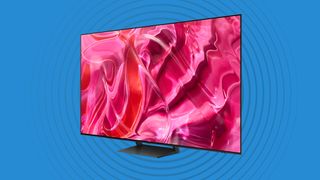Televisions
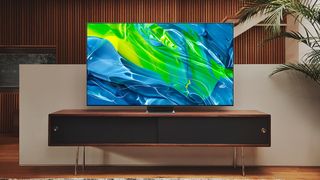
Televisions have come a long way from the boxy tube-type models of the distant past, and are now thin (incredibly so, in some instances) flat-panels that easily lend themselves to mounting on your wall like a picture.
The two major technologies used for producing televisions are LCD and OLED, with variations on both – LED and mini-LED in the case of LCD, and W-OLED (white) and QD-OLED (quantum dot) for OLED.
Screen sizes for televisions have also evolved to the point where 85-inch TVs are now common and larger sizes such as 88 and 98 inches are available. This development has blurred the distinction somewhat between televisions and projectors, which are used to achieve greater than 100-inch screen sizes in a home theater setting.
Televisions also provide built-in Wi-Fi and smart TV interfaces that can be used for browsing apps and streaming movies and shows. Gaming has also become a primary use for televisions, with recent models providing support for the 4K 120Hz output of next-gen PS5 and Xbox Series X gaming consoles, a feature that provides more realistic graphics and smoother action during gameplay.
While televisions with 8K resolution are available, 4K, which is supported by many streaming services like Netflix, is a more common resolution.
Explore Televisions
Latest about Televisions

This Android TV update will stop your Gmail details from being exposed
By Carrie Marshall published
Some Android TVs have a loophole that could expose your email. Thankfully, Google's going to close it.
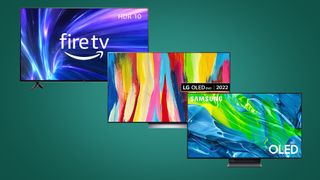
Best Memorial Day TV sales 2024: date and deals to expect
By Mackenzie Frazier last updated
Deals This is your Memorial Day TV sales guide, with everything you need to know; plus, I'm rounding up today's best TV deals.
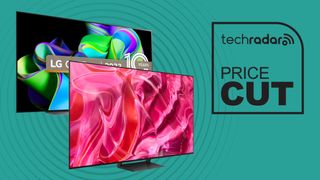
Best Buy is slashing prices on our best-rated OLED TVs - save over $1,000 while you can
By Mackenzie Frazier published
Best Buy is having a huge sale on our best-rated OLED TVs, and I'm rounding up the best deals with over $1,000 from Samsung and LG.

The best indoor TV antennas for 2024
By Al Griffin last updated
Updated These are the best indoor TV antennas for watching free TV channels at home.
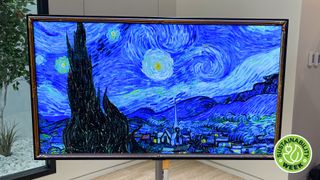
How to buy a good secondhand TV, or make your old TV last longer
By James Davidson published
Buying a secondhand TV is a great way to save money and help prevent waste, but navigating it can be a bit of a minefield - we're here to help with that.

Brighter, low-energy OLEDs are going into production this year – but they won’t be coming to TVs just yet
By Carrie Marshall published
New OLED displays could be twice as bright, twice as efficient and last three times longer but the best TVs won't be the first to see this new tech.

JMGO’s new 4K projector has a built-in gimbal so you can place it anywhere in your home
By Carrie Marshall published
The new JMGO N1 Ultra promises to be the perfect projector for pretty much any space.

New Google TV 4K streaming stick tipped to land soon – and it could come with a new remote
By Hamish Hector published
Nearly four years after the Chromecast with Google TV 4K launched, there are rumors that a new one could launch soon.
Get daily insight, inspiration and deals in your inbox
Get the hottest deals available in your inbox plus news, reviews, opinion, analysis and more from the TechRadar team.
